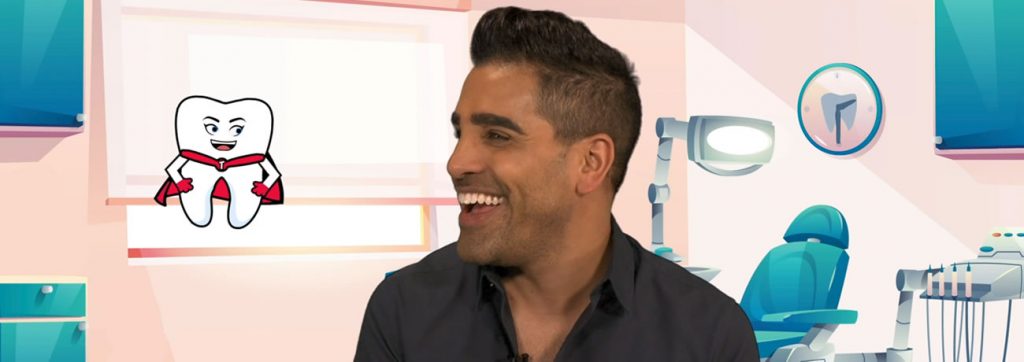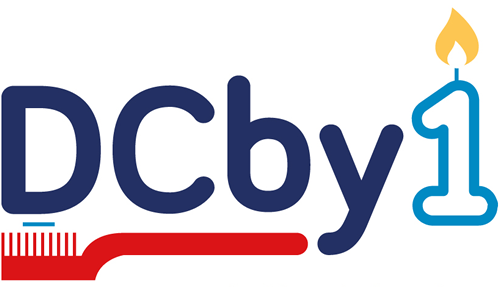COVID-19 – a time for sharing

Dentistry has been turned upside down by the COVID-19 pandemic. Routine dental appointments were put on hold while trauma cases and urgent dental care was provided in hospitals and dental hubs. The Dental Check by One (DCby1) initiative, a relaxed and friendly visit to a dentist for a baby’s first check-up, was naturally out of the question.
Meanwhile, some amazing things began to happen. Paediatric dentists – members of the British Society of Paediatric Dentistry (BSPD) which created the DCby1 campaign – started to produce resources to help children who needed urgent dental care to prepare for their treatment. The creators were happy for BSPD to put these resources on the main website to share universally. Some really appealing social stories, including one created for children with autism, were made available to support children and families.
Prevention, by which we mean brushing your teeth twice a day, and being mindful of keeping sugary foods and drinks to mealtimes, became even more of a priority during lockdown, in order to reduce the risk of dental decay which might lead to urgent treatment. Luckily, BSPD had already been working on some prevention-based videos. Step forward TV medic and celebrity Dr Ranj. He had given generously of his time to star in the videos. His support of the video launch in May ensured BSPD got maximum publicity. He was supported by Gemma Oaten, another big-name celebrity, who is the voice of Dr Ranj’s sidekick Supertooth.
Later in May, NHS England guidance was published asking dentists to do everything they could to minimise invasive treatments. BSPD was lucky to have a member who put in a lot of work and create some bespoke resources on a technique – the use of Silver Diamine Fluoride – which stops dental decay progressing. She gave of her time freely and various dental departments and individuals were happy for her to distil some of their work or borrow pictures. This was a massive amount of work, all based on sharing of time and resources.
Most recently, paediatric dentists in Ireland, created a little video which explains to parents how to take photographs of their child’s teeth in order to send to the dentist. This is now shared on social media and you can reach the video on YouTube via BSPD’s website.
It’s a sobering thought that in a different environment, all the sharing that has taken place in the field of paediatric dentistry over the course of the pandemic might have had a price attached.
When the dental profession is able to start offering more routine appointments, including DCby1, we should celebrate the generosity of the many people who gave up their copyright so children and families could benefit from their time or resources.
Seeing the dentist regularly has never been more important and before long we will be able to launch the fourth and final Dr Ranj video about DCby1. Watch this space!

